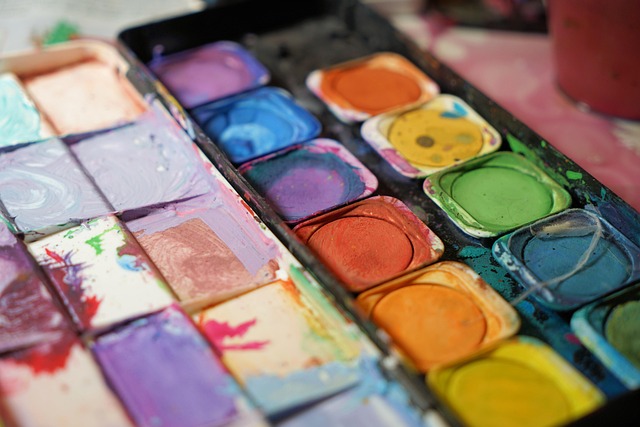
“Mastering Balance: Techniques for Achieving Harmony in Painting”
Mastering Balance: Techniques for Achieving Harmony in Painting
In the world of painting, balance is not just a principle; it’s a feeling, a state of being that transforms a simple canvas into a compelling narrative. Whether you are a seasoned artist or a budding creator, understanding the nuances of balance can elevate your artwork and evoke emotions within your audience. Let’s explore some powerful techniques that can help you master balance in your paintings.
The Emotional Weight of Balance
Every time you pick up a brush, you engage in a delicate dance between colors, shapes, and forms. Balance, like a symphony, requires harmony among various elements. Imagine standing before a piece that truly captivates you; the colors resonate, the shapes converse, and your eyes effortlessly glide across the canvas. This visual rhythm stems from the balance that the artist has achieved.
1. The Rule of Thirds
One of the classic techniques for achieving balance in painting is the Rule of Thirds. This involves dividing your canvas into nine equal parts using two horizontal and two vertical lines. The points where these lines intersect are ideal spots for placing focal elements. By positioning your main subjects along these lines or intersections, you create a more dynamic and balanced composition.
2. Balancing Colors
Color plays a fundamental role in establishing balance. Warm colors like reds and oranges exude energy, while cool colors such as blues and greens bring calmness. To achieve a sense of balance in your palette, consider juxtaposing these colors. For example, placing a vibrant red against a soft teal creates visual interest and harmony. Don’t shy away from experimenting with varying shades and tints to find your unique balance.
3. Scale and Proportion
Scale and proportion are essential components of balance. When elements in your painting relate to one another in size, they create a visual equilibrium. Imagine a large tree alongside a small figure; if the size disparity is too great, the composition may feel unsettled. Experiment with different scales and ensure that every element, big or small, contributes to the overall harmony of the piece.
4. Texture and Pattern
Texture can also play a key role in achieving balance in your artwork. Mixing smooth and rough surfaces can add depth and intrigue, while patterns can guide the viewer’s eye throughout your painting. For instance, if one area of your canvas features intricate patterns, counterbalance it with a more subdued texture elsewhere. This interplay will create a visual rhythm that keeps the viewer engaged.
5. Negative Space
Never underestimate the power of negative space in creating balance. The areas of your canvas that are left blank can significantly impact the overall composition. They offer a breathing space for the eye and allow the main subjects to stand out. Utilize negative space thoughtfully to balance your painting; it’s not just what you include but also what you exclude that defines harmony.
6. Symmetry vs. Asymmetry
Symmetrical compositions can evoke feelings of stability and order, while asymmetrical arrangements tend to convey dynamism and movement. Both approaches can result in balanced artwork, depending on your intended message. Explore both methods to see how they affect the emotional weight of your painting. Sometimes the most profound balance can be found in the unexpected.
Finding Your Personal Balance
Ultimately, mastering balance in painting is a personal journey. No two artists will approach this concept the same way; it reflects your unique perspective and emotional experiences. As you experiment with different techniques, listen to your instincts and allow your emotions to guide you. Creating art is about finding your rhythm, your dance, and your inherent sense of balance.
Embrace the journey of discovery that comes with mastering balance. With each brushstroke, you’ll learn, grow, and connect with your artistic voice, all while crafting pieces that resonate not just with you but with those who experience your creations.


